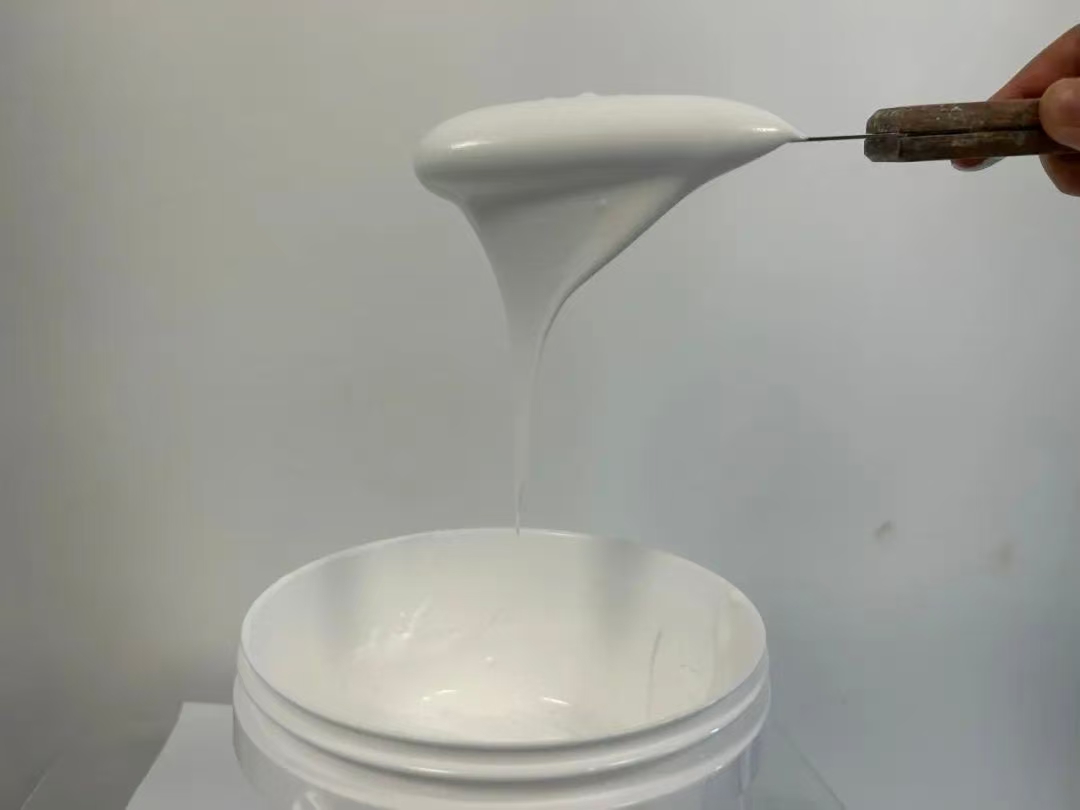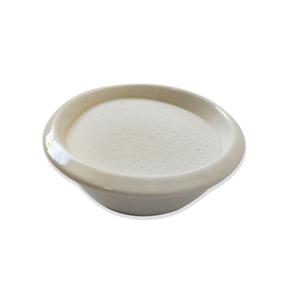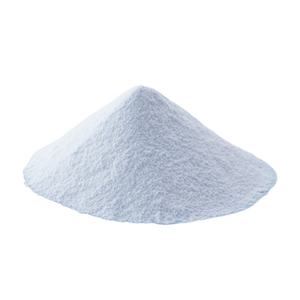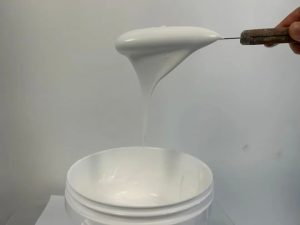Professional industry ceramic supplier, silicon nitride, silicon carbide, aluminum nitride and any other kinds of ceramics.
1. Introduction
If you work with molten metals, glass, or high-temperature lab processes, chances are you’ve used—or considered using—a silicon carbide crucible. Known for its exceptional thermal conductivity, strength at high temperatures, and resistance to wear, silicon carbide is a go-to material in advanced ceramics. But even the toughest silicon carbide crucible can crack, degrade, or fail prematurely if mishandled.

In this guide, we’ll walk you through step-by-step best practices for using and maintaining your silicon carbide crucible—plus troubleshooting tips for common problems. Whether you’re in metallurgy, ceramics manufacturing, or materials research, these insights will help you get the most out of your investment.
2. Understanding Your Silicon Carbide Crucible
Silicon carbide (SiC) is an advanced ceramic material prized for its hardness, thermal shock resistance, and ability to withstand temperatures up to 1,600°C (2,912°F) or higher, depending on the grade. Unlike alumina (Al2O3) or zirconia crucibles, silicon carbide offers superior thermal conductivity, which helps distribute heat evenly and reduces hot spots.
Note: Don’t confuse silicon carbide with silicon nitride (Si3N4). While both are advanced ceramics, silicon nitride crucibles—often produced by a silicon nitride crucible factory—are better suited for specific applications like molten aluminum handling due to their non-wetting properties. For general high-temp use, silicon carbide remains the standard.
3. Step-by-Step Guide to Using a Silicon Carbide Crucible
3.1. Preheating Properly to Prevent Thermal Shock
Thermal shock is the #1 cause of silicon carbide crucible failure. Always preheat gradually:
- Start at 150–200°C (302–392°F) for 30 minutes.
- Increase to 600°C (1,112°F) over 1–2 hours.
- Only then ramp up to your operating temperature.
Never place a cold crucible directly into a hot furnace or pour cold material into a hot crucible.
3.2. Loading and Melting Best Practices

When charging your crucible:
- Avoid overfilling (keep material below 80% capacity).
- Use clean, dry charge materials to prevent steam explosions or chemical reactions.
- Stir gently with compatible tools—avoid steel rods that can scratch or embed metal into the crucible wall.
Silicon carbide crucibles work well with non-ferrous metals like aluminum, copper, and zinc, but may react with strong alkalis or certain slags. Always verify chemical compatibility.
3.3. Cooling Down Safely
After use, allow the crucible to cool slowly inside the furnace with the power off. Rapid cooling—like quenching in air or water—can cause microcracks that lead to catastrophic failure in future cycles.
4. Common Problems and Solutions
4.1. Cracking or Spalling
Cause: Thermal shock, mechanical impact, or moisture absorption.
Solution: Always preheat thoroughly, store in a dry environment, and handle with ceramic-safe tongs. If you see hairline cracks, retire the crucible—it’s unsafe for high-temp use.

4.2. Glaze Formation or Surface Erosion
Cause: Reaction with fluxes, slags, or molten materials over time.
Solution: Use protective coatings if available, or switch to a more chemically resistant variant like RBSiC (reaction-bonded silicon carbide) tiles or blocks for lining.
4.3. Reduced Lifespan Compared to Expectations
Cause: Incorrect temperature cycling, contamination, or using the wrong grade.
Solution: Match your crucible grade to your application. For example, high-purity silicon carbide is better for lab use, while industrial grades may include additives for cost efficiency but lower corrosion resistance.
5. Maintenance and Storage Tips
After each use:
- Brush off residue with a soft-bristle brush (never use metal scrapers).
- Inspect for cracks, pitting, or warping.
- Store in a dry, room-temperature cabinet—never on a damp floor.
Avoid stacking crucibles unless they’re designed for it. If you use other silicon carbide components like silicon carbide ceramic columns, rings, or burner nozzles, store them separately to prevent chipping.
6. When to Replace Your Crucible
Even with perfect care, silicon carbide crucibles wear out. Replace yours if you notice:
- Visible cracks or flaking
- Significant thinning of walls
- Warping or deformation
- Inconsistent heating or frequent sticking of material
Don’t try to patch or repair a damaged crucible—it’s a safety hazard.
7. Bonus: Silicon Carbide Beyond Crucibles
While this guide focuses on crucibles, silicon carbide is used across advanced ceramics. You’ll find it in silicon carbide ceramic tiles for kiln shelves, silicon carbide ceramic baking dishes (yes, even dinnerware like silicon carbide ceramic dinner plates or casserole dishes), and industrial parts like silicon carbide tubes for furnace insulation or thermocouple protection.
For comparison, boron carbide vs silicon carbide shows boron carbide is harder but more brittle and expensive—better for armor than crucibles. Meanwhile, silicon nitride components like custom silicon nitride heat shields or silicon nitride plates serve niche roles where oxidation resistance is critical.
8. Conclusion
A silicon carbide crucible is a powerful tool—but only if treated with respect. By following proper preheating, handling, and cooling protocols, you can avoid common failures and extend its service life significantly. Remember: slow and steady wins the high-temperature race. Whether you’re melting metal in a foundry or running lab experiments, your crucible will thank you with consistent, reliable performance.
Our Website founded on October 17, 2012, is a high-tech enterprise committed to the research and development, production, processing, sales and technical services of ceramic relative materials such as How. Our products includes but not limited to Boron Carbide Ceramic Products, Boron Nitride Ceramic Products, Silicon Carbide Ceramic Products, Silicon Nitride Ceramic Products, Zirconium Dioxide Ceramic Products, etc. If you are interested, please feel free to contact us.




